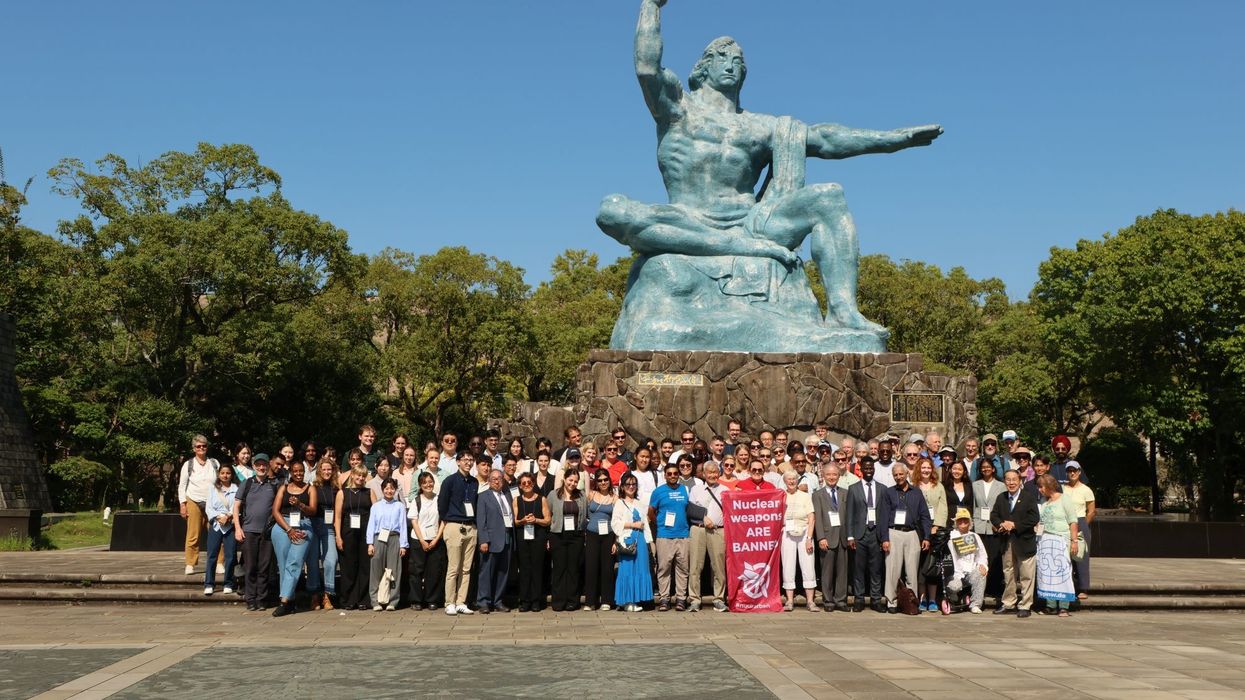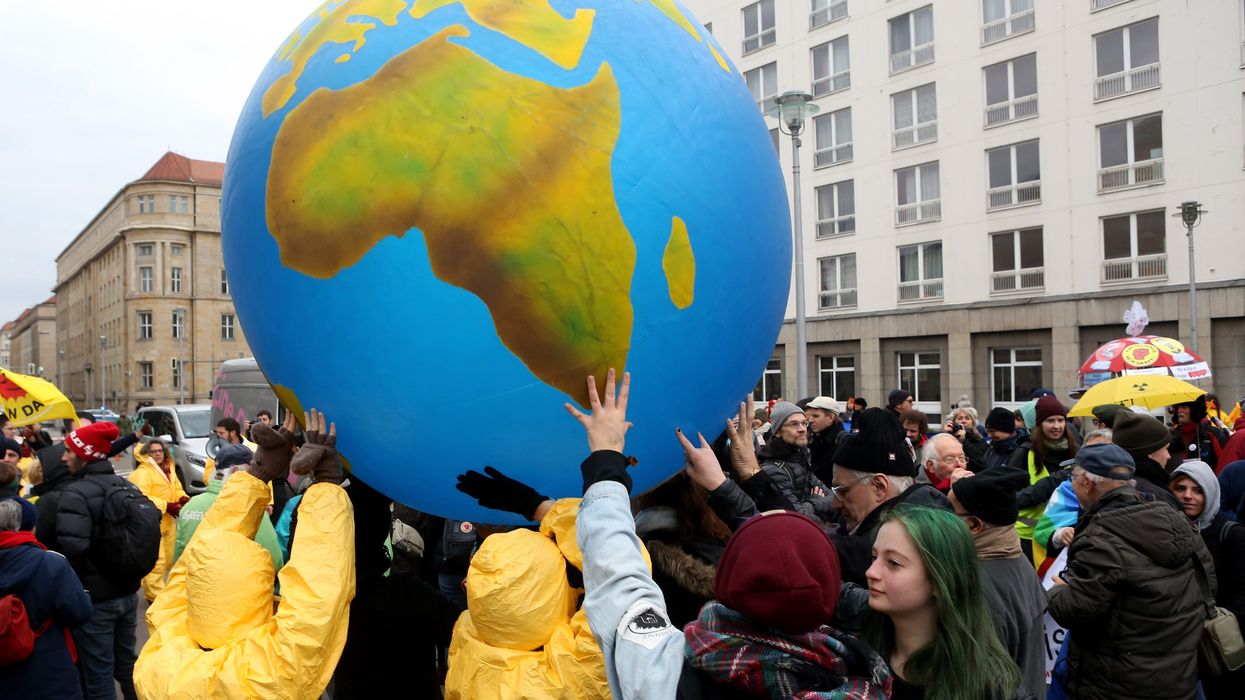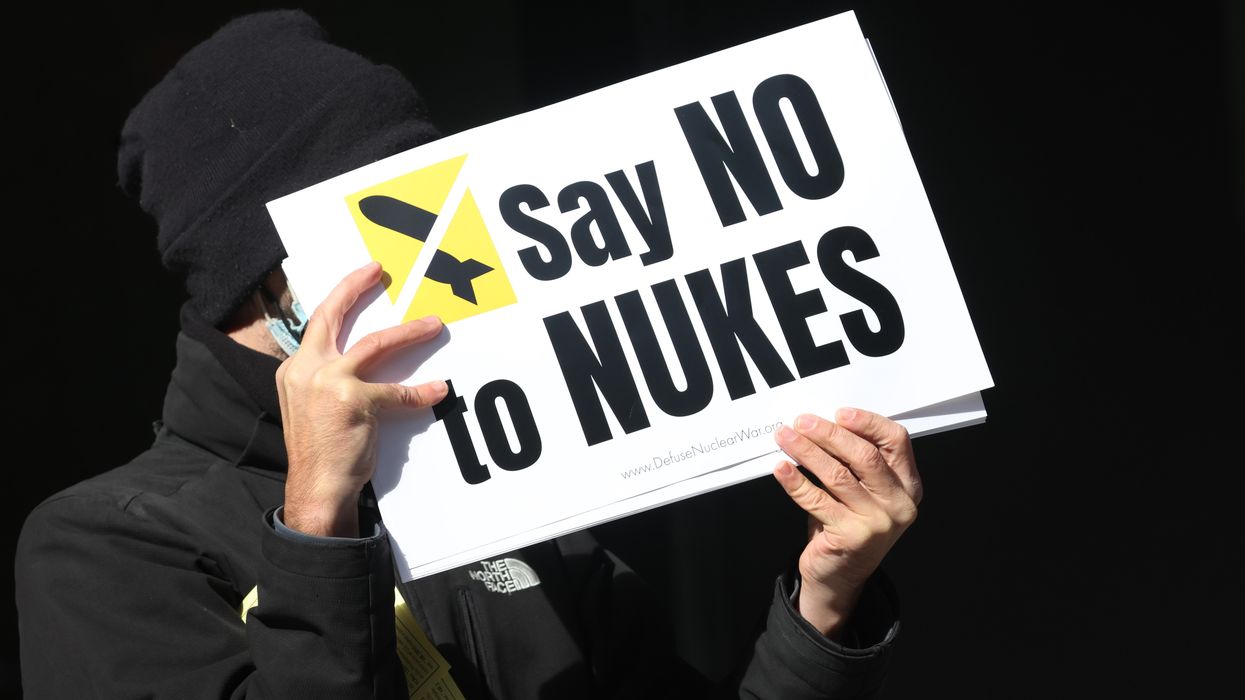From Nagasaki, a Prescription for Survival
As physicians and health workers, we must educate our communities that there is no adequate medical or humanitarian response to the use of nuclear weapons. Prevention is the only cure.
80 years following the US atomic bombings of Hiroshima and Nagasaki, the Nobel Peace Prize Group, International Physicians for the Prevention of Nuclear War, or IPPNW, has just completed their 24th World Congress in Nagasaki. This congress brought together 324 intergenerational health professionals, medical students, and activists from the Global South and North from 34 of IPPNW‘s 56 member nations. The theme of this meeting was: "A World Without Nuclear Weapons—Nagasaki as the Last A-bombed City.”
The timing of this year's congress in Nagasaki is significant. Our nuclear world at 80 stands at the brink of nuclear war either by intent, miscalculation, or from disruptive technology. The Bulletin of Atomic Scientists has moved the minute hand of their infamous Doomsday Clock to 89 seconds till midnight, the closest it has been since the atomic bombings. The congress was informed by scientists who included health professionals, radiations experts, climate modelers, members of the disarmament community, elected officials, Hibakusha (survivors of the atomic bombings), and survivors of the over 2,000 global nuclear tests, in addition to academics of various fields and representatives of the Red Cross and World Health Organization (WHO).
The message and significance overall is the urgency and recognition that we are living on borrowed time as a species, ultimately relying on luck for our survival. For when, not if, deterrence fails there can be no survival in any real sense. Indeed, extinction of the human race is a distinct possibility.
As physicians and health workers, we are first responders and health promoters in our communities, and ultimately the planet. In our role as health promoters, we must educate our communities that there is no adequate medical or humanitarian response to the use of nuclear weapons. As such there is no cure to this last epidemic facing humanity. We must prevent what we cannot cure. The only way to prevent this outcome is through the total elimination of nuclear weapons.
We must eliminate nuclear weapons before they eliminate us.
From a peak of roughly 70,000 nuclear weapons in 1987 to our current level of 12,241, we have eliminated over 80% of these weapons. We know how to do this, but lack the political will to do so. As physicians and health workers around the planet, we are charged with returning to our communities to inform them of this imminent risk. Internationally there is a campaign, the International Campaign to Abolish Nuclear Weapons, which brought forth the Treaty on the Prohibition of Nuclear Weapons. This treaty, which entered into force in 2021, makes nuclear weapons illegal to have, store, develop, transfer, or threaten to use and provides a time-bound, verifiable legal agreement among nuclear nations to abolish these weapons. A global majority of 99 countries have taken legal action to join the treaty.
In the United States, there is a campaign called Back from the Brink, which is bringing communities together to abolish nuclear weapons. It is a campaign that can be endorsed by all with the ultimate goal of building political will to educate and advance US federal policy change to take a leading role in abolishing nuclear weapons. Currently endorsed by 487 municipal and state officials and 51 members of Congress endorsing US House Res. 317 and Senate Resolution Res. 323. We must reach out to our elected officials and encourage them to cosponsor these resolutions as well and, if they are unwilling to do so, ask why?
In the words of United Nations Secretary-General António Guterres, “Humanity is just one misunderstanding, one miscalculation away from nuclear annihilation.” While the task before us is daunting and may seem overwhelming, we find hope in the energy, understanding, and commitment of the next generation of health professionals in IPPNW who are joining us in breaking down the silos connecting the twin existential threats of nuclear war and climate change.
Each of us has a role to play with the very real outcome of saving the world and humanity. We must eliminate nuclear weapons before they eliminate us. This is our Rx for Survival.


